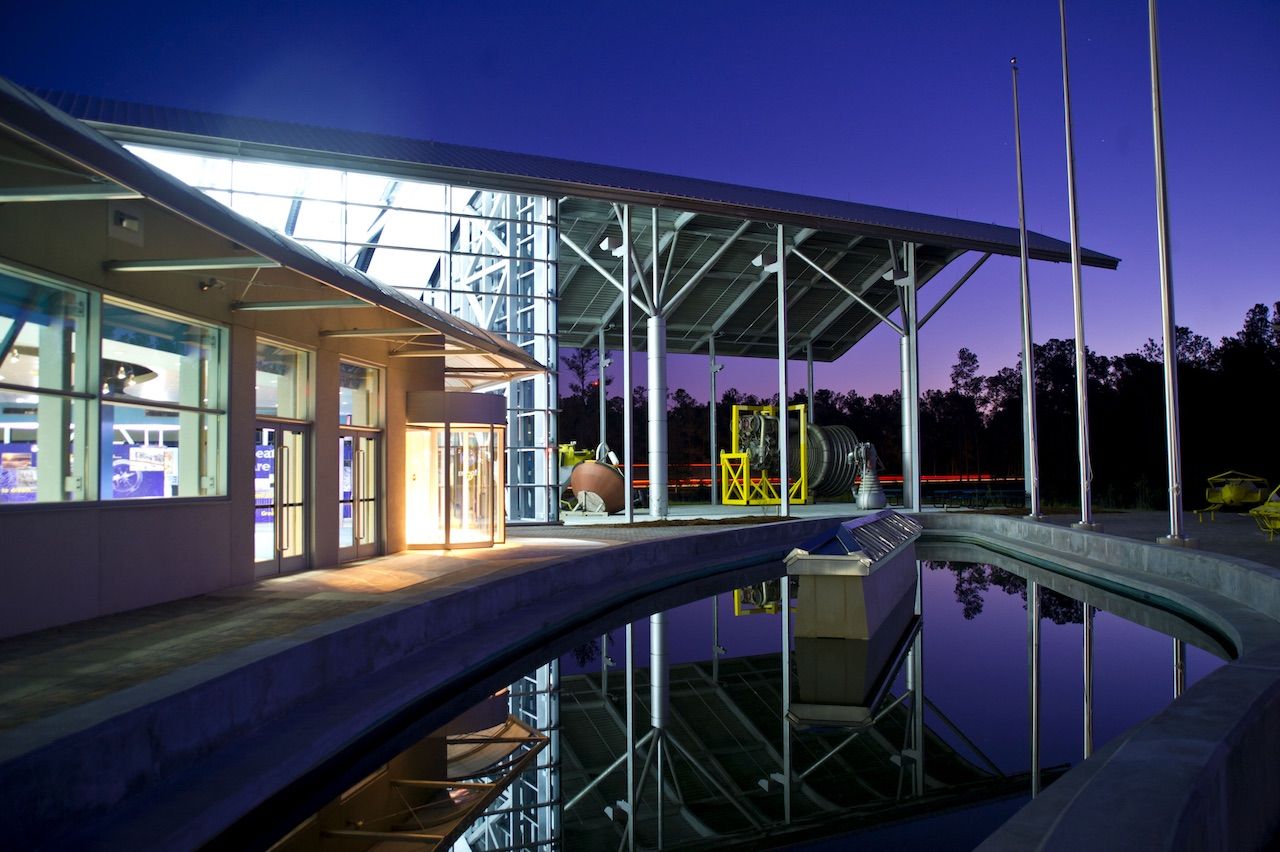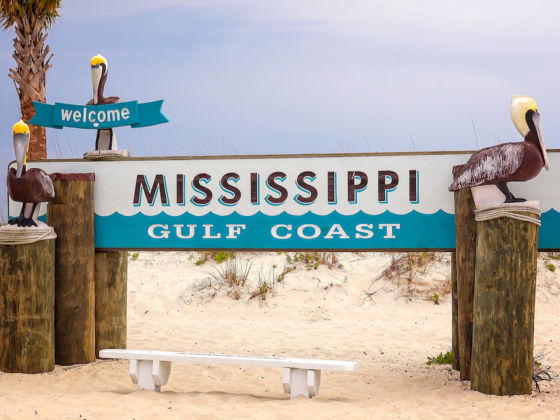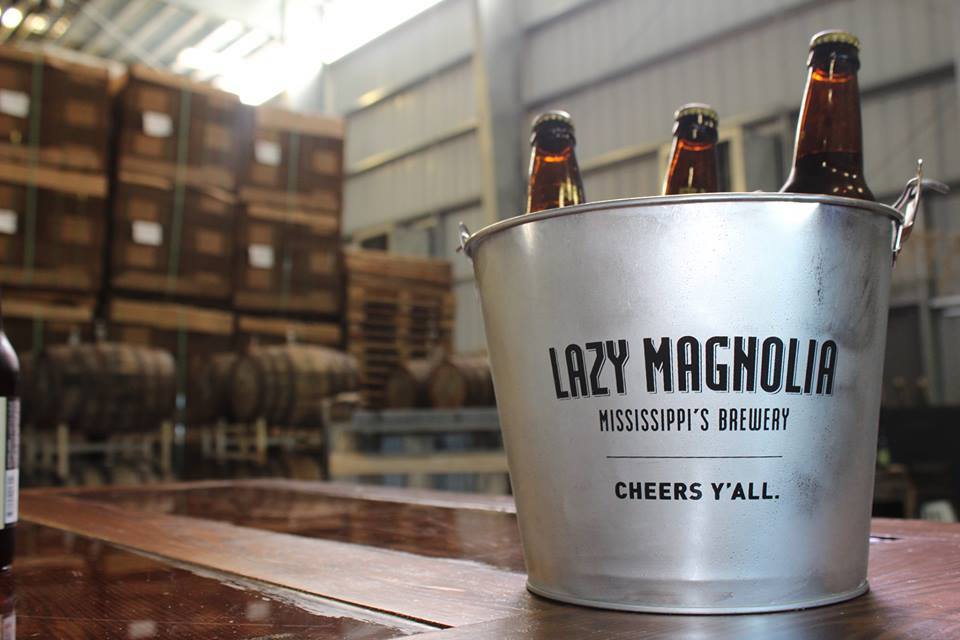1. The Mississippi Sound is one of the best destinations in the world for dolphin spotting.
By some accounts, there are more bottlenose dolphins living in the Gulf than anywhere else on the planet. Board a reproduction of an early 20th-century Biloxi oyster schooner to see them play at sunset.
2. If you want to visit Mars, you’ll have to pass through Mississippi first.

Photo courtesy of NASA
If you dreamed of seeing a rocket launch into space when you were little, you probably imagined it happening in Houston or Florida. But NASA’s biggest rocket engine test facility — the John C. Stennis Space Center — is right here on the banks of the Pearl River.
Of course, giant rockets blasting into space aren’t all that common a sight — we hear they’re pretty expensive endeavors? — but at the INFINITY Science Center you do get to experience a simulation of the sights and sounds of rocket engine tests. You can also get hitched into a flight simulator to experience some of the same technology used for training pilots. Or go on a behind-the-scenes bus tour of the Space Center, where you could see NASA scientists milling about like they’re no big deal.
Tip: Catch INFINITY’s Journey of a Lifetime – Mars movie to learn about the robot explorers that have been on Mars for over 40 years, paving the way for humans to explore. We’re not talking about just one guy living up there alone, surviving on self-fertilized potatoes (hi, Matt Damon). If Elon Musk is right, there could be a million humans living on Mars by the 2060s. Imagine!
3. Mississippi’s first craft brewery is right here.


